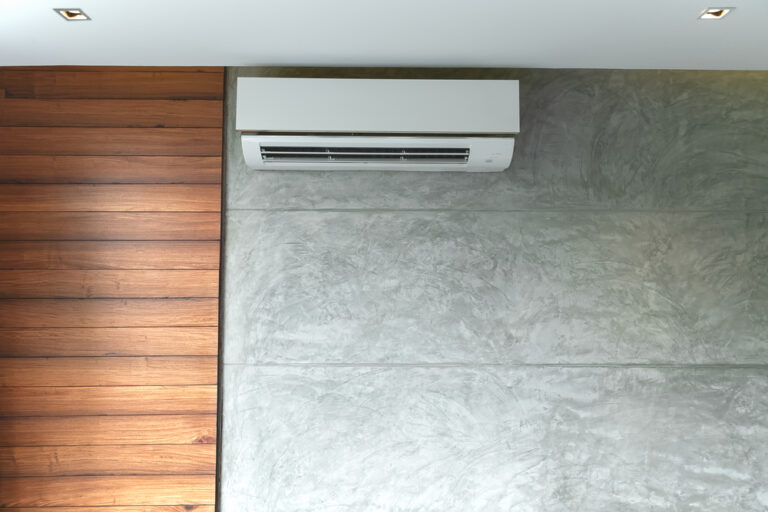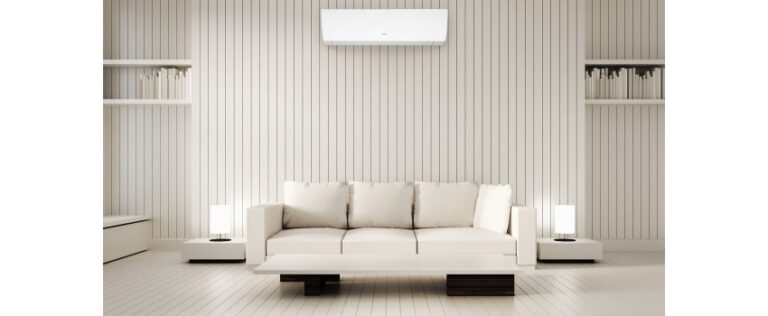New Zealand, renowned for its captivating landscapes and diverse climates, presents homeowners with distinct challenges when it comes to maintaining a comfortable living temperature. From the humidity of Auckland to the crisp winters of Queenstown and the moderate climate of Wellington, a thoughtful and strategic approach to temperature control is crucial.
In this guide, we will look even deeper into various strategies, ensuring year-round comfort while promoting energy efficiency and sustainability.
Understanding Regional Climate Effects in New Zealand
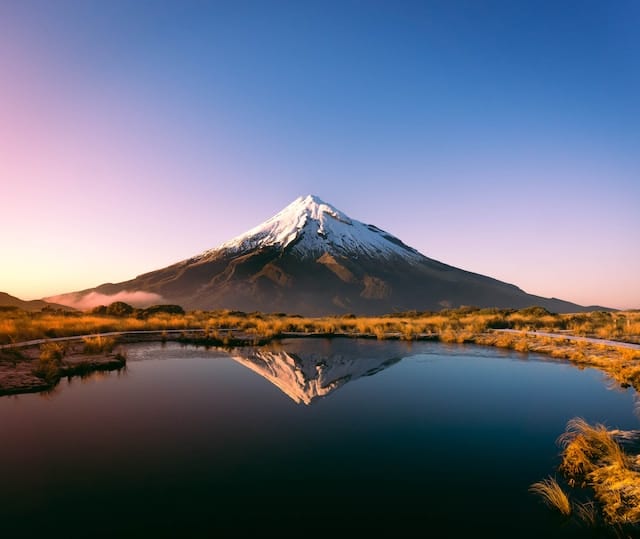
North Island
New Zealand’s diverse geography results in varied climates across the North and South Islands. Auckland, on the North Island, experiences a subtropical climate characterised by mild, humid summers and damp, mild winters. To address the challenges of high humidity, homeowners can invest in dehumidifiers, enhancing the efficiency of heating and cooling systems. Additionally, a robust ventilation system becomes crucial in Auckland, ensuring moisture control and a continuous flow of fresh air.
South Island
In the South Island, Queenstown is renowned for its colder winters and cool temperate climate. Effective heating solutions, such as wood burners and well-maintained heat pumps, take precedence in this region. Thicker insulation in ceilings, walls, and floors becomes necessary to combat heat loss during the winter months, providing a comfortable living environment.
Central North Island
Moving to the central North Island, Wellington, the capital city, experiences a temperate maritime climate with moderate temperatures throughout the year. Here, the focus is on solutions that provide year-round comfort. This includes well-regulated heating and cooling systems to adapt to the region’s variable climate. Maintaining balanced insulation levels is essential to ensure comfort in both winter and summer.
Coastal Areas
Coastal areas, whether in the North or South Island, often face challenges related to high humidity due to their proximity to the ocean. To address this, investing in high-quality ventilation systems is recommended to efficiently manage moisture levels. Proper sealing of windows and doors is equally crucial, preventing humid air from entering living spaces and contributing to a more comfortable indoor environment.
Microclimates
New Zealand’s unique topography creates microclimates that influence localised weather conditions around homes. Homeowners are advised to strategically plan landscaping to leverage natural features that can influence microclimates, providing shade or acting as windbreaks. Customised heating and cooling solutions based on specific microclimate characteristics around the property further enhance the overall comfort of living spaces.
Energy-Efficient Heating Solutions
Energy-Efficient Heating Solutions: Elevating Comfort While Reducing Footprint
In the diverse climates of New Zealand, where temperatures can fluctuate significantly throughout the year, selecting the right heating solutions is paramount for ensuring comfort and energy efficiency. Let’s delve deeper into the world of energy-efficient heating solutions, exploring not only the popular choices but also emerging technologies that promise to redefine how we approach temperature control in our homes.
Heat Pumps:
Undoubtedly, heat pumps have emerged as the workhorse of heating solutions in New Zealand. Their versatility extends beyond merely warming homes in winter; they efficiently cool spaces during the warmer months. Operating on the principle of extracting heat from the air or ground, heat pumps provide a consistent and cost-effective means of temperature regulation. However, their efficiency relies heavily on regular maintenance.
Homeowners should prioritise tasks like filter cleaning or replacement, checking refrigerant levels, and ensuring the outdoor unit remains free from debris. Additionally, setting the thermostat to an energy-efficient temperature strikes a balance between optimal comfort and reduced energy consumption. The integration of programmable thermostats from reputable brands like Nest or Ecobee takes this efficiency to the next level, learning user preferences and adjusting temperatures based on daily routines.

Wood Burners:
In regions experiencing colder winters, such as the South Island, wood burners continue to be a popular choice for their ability to provide not just warmth but also a cozy ambience. However, with a growing emphasis on environmental responsibility, it’s essential to ensure that your wood burner adheres to environmental standards set by authorities like the Ministry for the Environment.
Opting for dry, seasoned wood not only contributes to cleaner burning, reducing environmental impact but also enhances the efficiency of the wood burner. Modern wood burners, equipped with advanced combustion technology, not only elevate efficiency but also minimize their ecological footprint.
Smart Thermostats and Home Automation:
The marriage of smart technology and heating solutions has ushered in a new era of efficiency and convenience. Smart thermostats, exemplified by products from Nest or Ecobee, can learn and adapt, providing homeowners with a seamless and tailored heating experience.
These devices analyse user behaviour and adjust temperatures automatically, optimising energy use without compromising comfort. When integrated into home automation systems, they offer unparalleled control over heating and cooling schedules, ensuring that energy is used precisely when and where it is needed. This not only reduces energy waste but also aligns with the broader goal of sustainability.
Proper Insulation
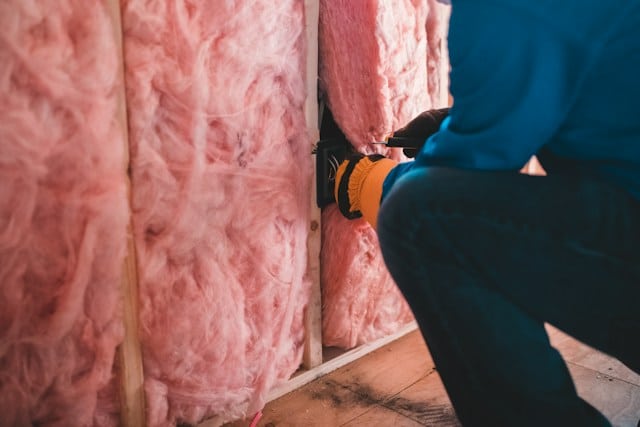
A Shield Against Temperature Extremes
In the mosaic of New Zealand’s climates, from the humid north to the chilly south, proper insulation stands as a crucial pillar in maintaining a comfortable and energy-efficient home. As we delve into the realm of insulation, we unveil not just the importance of each component but also the tailored approaches needed for varied climates and housing structures.
Ceiling Insulation:
Ceiling insulation serves as the first line of defence against heat loss, especially during the colder seasons. In regions with harsh winters, such as the South Island, ensuring that your ceiling insulation meets or exceeds recommended standards becomes imperative. Regular inspections are vital, as insulation materials can settle over time, diminishing their effectiveness.
Consideration should also be given to the thickness of the insulation material, with colder regions benefiting from thicker layers to prevent the escape of precious warmth. Advances in insulation technology continue to offer new materials and methods, allowing homeowners to choose options that align with both efficiency and sustainability.
Wall Insulation:
As we shift our focus to the walls, we encounter another frontier in the battle for energy efficiency. Older homes, in particular, may lack the modern insulation standards present in newer constructions. Upgrading wall insulation is not merely about temperature control; it’s an investment in the overall well-being of the home.
Enhanced insulation contributes to better soundproofing, improved structural integrity, and, importantly, reduced energy consumption. During renovations or upgrades, prioritising the installation of effective wall insulation ensures that your home is equipped to withstand temperature fluctuations while minimising the strain on heating or cooling systems.
Floor Insulation:
The often-overlooked floor plays a significant role in maintaining a consistent temperature throughout the house. Effective floor insulation not only prevents heat loss but also contributes to the overall thermal balance. In cooler climates, such as those found in parts of the South Island, underfloor insulation becomes particularly valuable. The choice of insulation materials should align with the specific needs of your home and the regional climate, ensuring that your investment pays dividends in both comfort and energy savings.
Ventilation Systems: The Breath of Fresh Air Your Home Needs
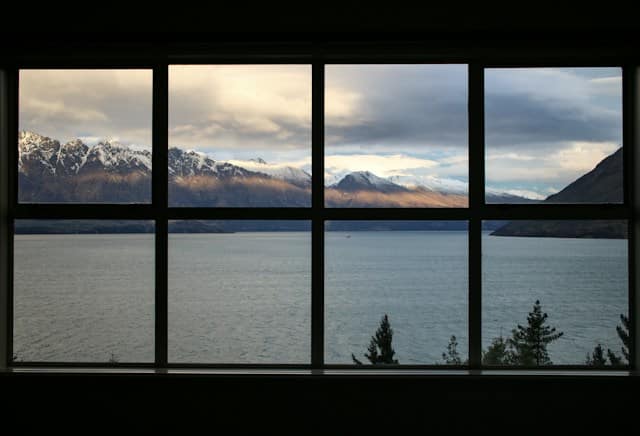
In the diverse climates of New Zealand, where humidity levels can vary significantly and coastal areas often contend with moisture-related issues, an effective ventilation system is not just a luxury but a necessity. Ventilation is the unsung hero of home comfort, ensuring not only a constant supply of fresh air but also combating issues like condensation and mould growth.
Various ventilation systems cater to different needs in New Zealand homes. Positive pressure ventilation, for instance, introduces filtered and tempered air, creating positive pressure to force stale air out. This system is particularly useful for homes with persistent condensation issues. Heat Recovery Ventilation (HRV) systems extract stale indoor air while recovering heat to warm incoming fresh air, making them suitable for homes in colder climates.
Extractor fans play a crucial role in removing moisture and odours from specific areas like kitchens and bathrooms, preventing humidity buildup. Natural ventilation relies on openings like windows and vents to allow fresh air in and expel stale air, making it suitable for moderate climates where natural air movement is sufficient.
Strategic placement of ventilation systems is crucial to maximising their effectiveness. In living areas, optimal placement ensures consistent air refreshment, utilising positive pressure systems or natural ventilation through well-positioned windows. Bedrooms benefit from a balance of heat recovery ventilation and natural airflow for a healthy sleep environment.
Extractor fans are particularly important in kitchens and bathrooms, eliminating moisture and odours efficiently. Proper ventilation strategies in attics and basements contribute to overall home health, preventing issues like mould growth. Investing in the right ventilation system aligned with the specific climate challenges of each region ensures a comfortable and healthy living environment in New Zealand homes.
Sustainable Practices
Sustainable Practices: Nurturing Your Home and the Environment
As the global conversation shifts towards sustainability, homeowners in New Zealand are increasingly seeking ways to reduce their environmental footprint. This extends beyond energy-efficient appliances and insulation; it encompasses a holistic approach to sustainable living. Let’s explore some practices that not only enhance the sustainability of your home but also contribute to the well-being of the environment.
Renewable Energy Integration:
The integration of renewable energy sources, such as solar panels, is a transformative step towards sustainable living. In a country blessed with abundant sunlight, solar panels harness this energy to power homes, reducing reliance on traditional power sources. While the upfront costs of solar panel installation may seem substantial, the long-term benefits in terms of reduced energy bills and environmental impact make it a compelling investment. Additionally, government incentives and rebates are often available, further easing the financial burden.
Water Harvesting and Conservation:
Water scarcity is a growing concern globally, and New Zealand is no exception. Implementing water harvesting systems, such as rainwater collection tanks, not only contributes to water conservation but also provides an alternative source for non-potable water needs. Simple measures like fixing leaks, using water-efficient appliances, and incorporating drought-resistant landscaping practices further enhance water conservation efforts.
Energy-Efficient Lighting:
The lighting landscape has evolved significantly, with energy-efficient options now readily available. LED bulbs, for instance, not only consume significantly less energy than traditional incandescent bulbs but also have a longer lifespan. Smart lighting systems, which allow for precise control and automation, further optimise energy use. These solutions not only contribute to sustainability but also result in cost savings over time.
Native Landscaping and Permaculture:
The landscaping around your home plays a crucial role in its microclimate. Embracing native plants, which are adapted to the local environment, promotes biodiversity and resilience. Additionally, permaculture principles can guide the design of gardens and outdoor spaces, emphasising sustainability, resource efficiency, and ecological harmony. Rain gardens, composting systems, and eco-friendly landscaping materials contribute to a holistic approach to sustainable living.
Crafting an optimal living environment in New Zealand involves a comprehensive strategy that accounts for diverse climates, regional distinctions, and the country’s unique topography. Addressing temperature control, energy-efficient heating, insulation, and ventilation, along with embracing sustainable practices, contributes to overall home comfort.
By tailoring approaches to specific regional climates and incorporating technological innovations, such as advanced heating and ventilation systems, homes can meet modern standards of energy efficiency. Recognising your home as a dynamic entity interacting with its environment underscores the importance of thoughtful, sustainable practices.
Through this holistic approach, not only does your home become a haven of comfort for your family, but it also plays a role in fostering a more resilient and eco-friendly future for New Zealand and beyond.

